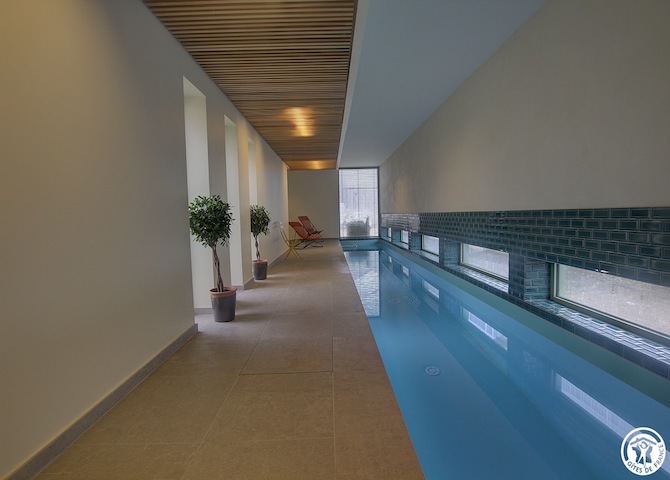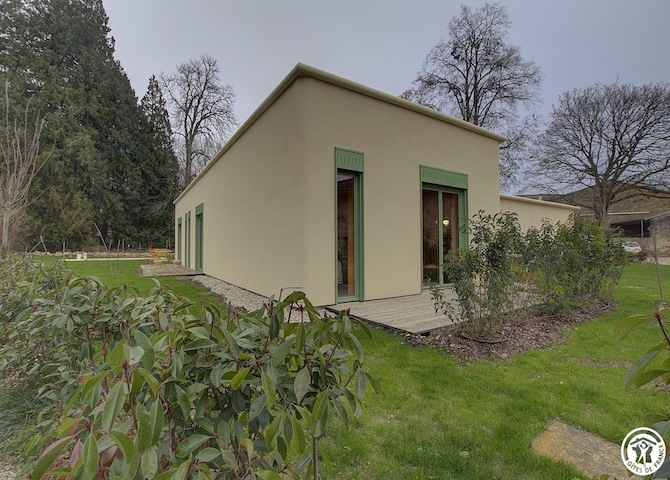Near the Clos
History of the Village
Although it was founded during the Gallo-Roman era, the village of Saint-Jean-le-Vieux bears traces of settlements from the Neolithic period (Saint-Jean-le-Vieux gets its name from the parochial church, dedicated to Saint John the Baptist).
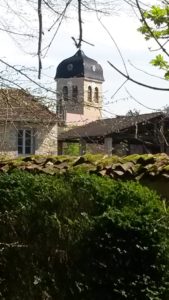
Its original name was Saint-Jean-le-Vieu (without the X), which means “Saint John’s Village” (from the latin word for village : vicus). It has an impressive heritage : bourgeois houses, the Hauterive Chapel, old mills and communal ovens. It is also the home to the famous Varey castle, and the Champollon castle, sub-fief to the Varey lords.
The current church, which has been renovated many times, was built at the beginning of the 15th century (between 1420 and 1430). The area around the station, which is where the Clos de l’Oiselon, bears trace of the implementation of a “metric gauge track” railway, on the 18th of August 1897. It linked Pont d’Ain to Jujurieux, through Hauterive and Saint-Jean. It was used by the Bonnet silk factory in Jujurieux, for the delivering of goods and the commuting of workers. It is no longer in use.
The village is crossed by two rivers : the Oiselon for 8km (5 miles) and the Riez which is one of the borders of Saint-Jean. You can also find several irrigation canals and a few former millstreams. The Hauterive hamlet is a part of the Saint-Jean-le-Vieux village. Crossed by the Oiselon river, and rich in heritage, you can find it mentioned as early as 1268. The Saint-Hubert Chapel might even be from the 12th century. Inside, you will find a heavy stone stoup from 1588.
The Château de la Tour is marked on the Cassini map (1766) as the “Biguerne”, but it actually dates from earlier. It is owned today by the Alban-Vistel family. Colonel Alban-Vistel was a leader of the Resistance during WW2, leader of the Ain Maquis, then president of the Liberation Comity of Lyon and military commander of the area.
No name is more intimately linked to Hauterive than Antoine Jean Duclaux, a landscape painter and engraver. He lived several years in the hamlet around 1820, in a house called “la rustiquette” (the location has been lost). This artist, who was born in Lyon on the 16th of July 1783, and who died the 21st of March 1868, was in love with the Bugey area. He drew and painted many views from our village, including “the Ruins of the Varey Castle”, “Saint-Jean-le-Vieux”, “the Oison River in Hauterive”, “Horseteam with the Champollon Castle in the Background”.
Varey is a hamlet within Saint-Jean-le-Vieux, situated at the East of the village. It is composed of several neighbourhoods : Le Four-à-Chaux, La Fontaine, Varey le haut, Le Roy. The name “Varey” can be found in documents as early as 1150, at a time when the lordship belonged to the lords of Coligny.
The castle has an important part in the history of the Bugey. It was a strategic point during the wars between the Dauphiné and the Savoie. The fortress, one of the most impressive ones in the Bugey, could watch over the road between Lyon and Geneva, which was paramount at the time. The castle can be dated back to 1150, but it is more than likely that at least a watchtower could be found in the same place long before.
Varey is also the history of a famous battle between several feudal powers, and played an important role at the heart of a literal hundred years war between the counties of Savoie, Geneva, Dauphiné, and several other smaller principalities, such as Thoire-Villars, Beaujeu, Valentinois, Faucighy…
These small states, neighbouring the three larger counties, first formed by progressively detaching themselves from the German Empire, whose authority was diminishing. One of the greatest battles in our region took place in the month of August 1325. The reasons behind this battle, and the continuous war between the two states, stem from the fact that the limits of each family’s possessions were blurred. This can be explained by the gradual inclusion of several smaller strongholds. Count Edouard came to besiege Varey on the 7th of August 1325. The chatelain was Hugues de Genève, and he was allied to the Dauphin. The battle was fierce and bloody. It is said that the waters of the Oiselon were red with the blood of the fighters. The Dauphin came out victorious.
In 1794, the castle was destroyed by order of the representative of the Convention, named Albitte. It remained a ruin until 1858, when its reconstruction was ordered by the owner, the baron Barthélémy Noé Dervieu de Varey, following the plans made the Lyonnais architect Claude Louis Flechet.
In 1914, the castle became a shelter for soldiers injured during the war. Early on, it began welcoming orphan children in need of care, and it became a health resort in 1927. It has been a pedagogical rehabilitation center for children since 1967.
In 1983, its facade and roof were classified as “Monument Historique”.
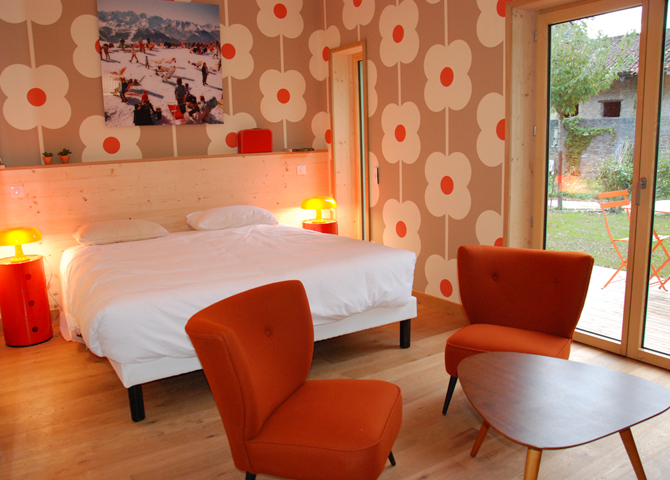
Our guest rooms
Duis aute irure dolor in reprehenderit in voluptate velit esse cillum dolore eu fugiat nulla pariatur. Excepteur sint occaecat cupidatat non proident, sunt in culpa qui officia esse cillum dolore eu fugiat.
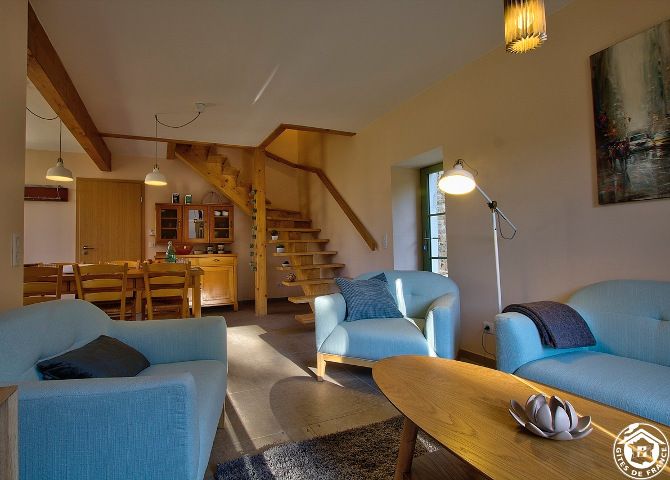
Our cottages
Duis aute irure dolor in reprehenderit in voluptate velit esse cillum dolore eu fugiat nulla pariatur. Excepteur sint occaecat cupidatat non proident, sunt in culpa qui officia esse cillum dolore eu fugiat.
